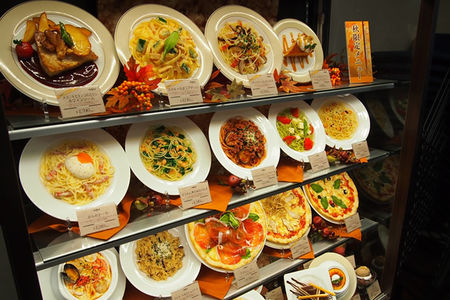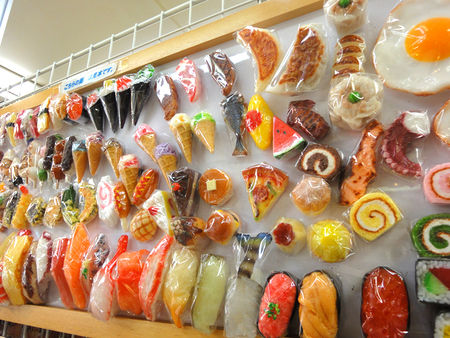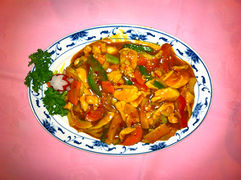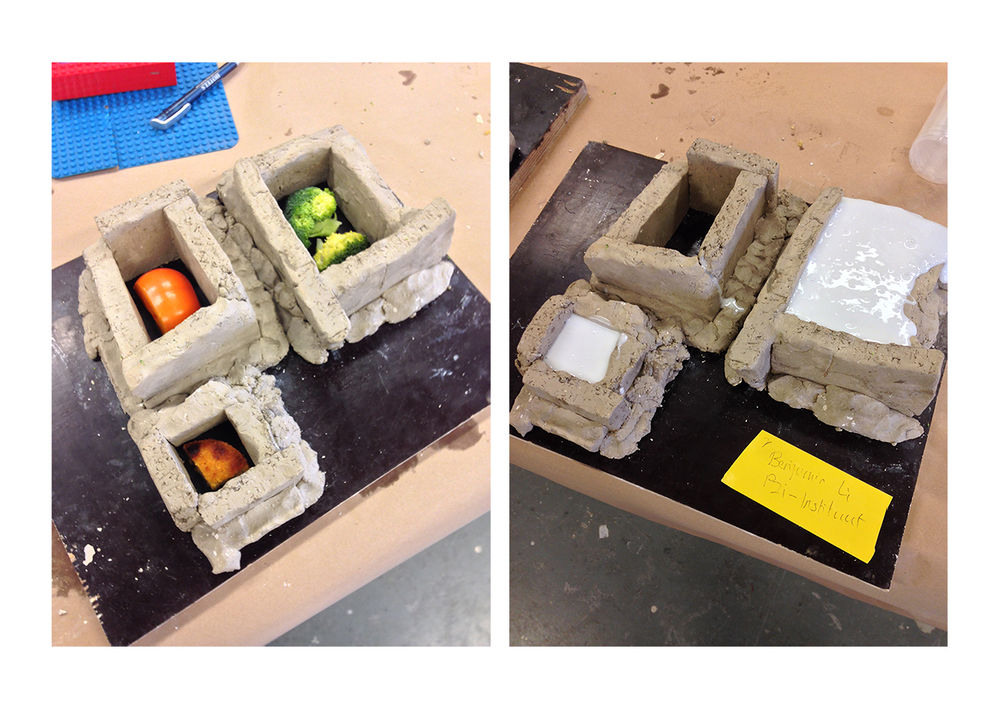User:10000BL/Food Sculptures
NOTES Brainstorm
- Food sculptures
- Silicone
- Cabinet of Nr. 39 from different restaurants
- RFID-tag connected to the sculptures
- To have both the real dish and the fake dish next to each other. Whereas the fresh one is altered in such a way that it will be also preserved?
- Wok with different chefs from restaurants and asked them to cook a dish. This dish is Nr. 39
- To make a Nr.39-menucard
- Website where people can upload their Nr. 39 from all around the world
Introduction
In Asia and especially in Japan it is common to see at the entrance of restaurants a cabinet full of models that represent the food they serve inside. The reason they do this is because of efficiency. Customers see first the food they serve, can imagine what they want, decide to go for this restaurant and order. This means no thinking what to eat is spend inside and no complaining that the food is different as expected; the models in front represent an exact copy of the real food they will get. Instead of imagining what the dishes on the menu mean, customers now see what the dishes are.
The origin of the food models (sculptures) goes back to early twentieth century. Back then restaurants and canteens (department stores cafetarias) from big department stores became very populair. The economy was well and people were able to spend money of eating outside. It became so crowded in those restaurants that taken orders inside the restaurant took a long time and because of that people were also cuing up outside. To reduce this time they experimented with displaying the food at the front of the restaurant and asked customers to order there before the could enter the restaurant; what you see is what you get. In the beginning actual food was displayed, but the quality of real food degrades over time (color change, attracting flies). To solve this Takizo Iwasaki invented in 1932 the first wax models. The advantage was that instead of real food restaurants could now display wax samples who don't degrad in color. The downside is that wax easily breaks and is vulnerable to heat. This led to the replacement of wax in the 1970s by plastic samples. This resulted in models that are more durable and more detailed.
Now plastic food samples are in Asia (especially Japan) imbedded in the sight of daily life, making it a billion dollar industry.
Concept: Food Sculptures
Part of Nr. 39 with Rice is to bring in the plastic food culture. Outside Asia the culture of plastic representatives is not very known. Restaurants use have a written menu. When you think of the position Chinese food takes in the Western (or Dutch) society people perceive it as something cheap and unhealthy. Cheap because you get a lot for your money, unhealthy cause it is greasy and full with E-numbers. You order Chinese because you are tired (or lazy), not because it represents a high quality cuisine, at least not the Chinese food you mostly see here in The Netherlands.
For my project I wamt to start making a plastic representative of the dish my father is going to make. The process of me making the plastic representative is part of the video works (chapters) I want to make. But next to the 'documentation' of the making I want to make a line of plastic food models. This will hopefully end (somewhere in the future) in a cabinet of food models. To keep the link with the event from Holland Got Talent (Gordon vs. Wang) I want to make only model representatives of original Nr. 39-dishes from restaurants.
How to make molds






